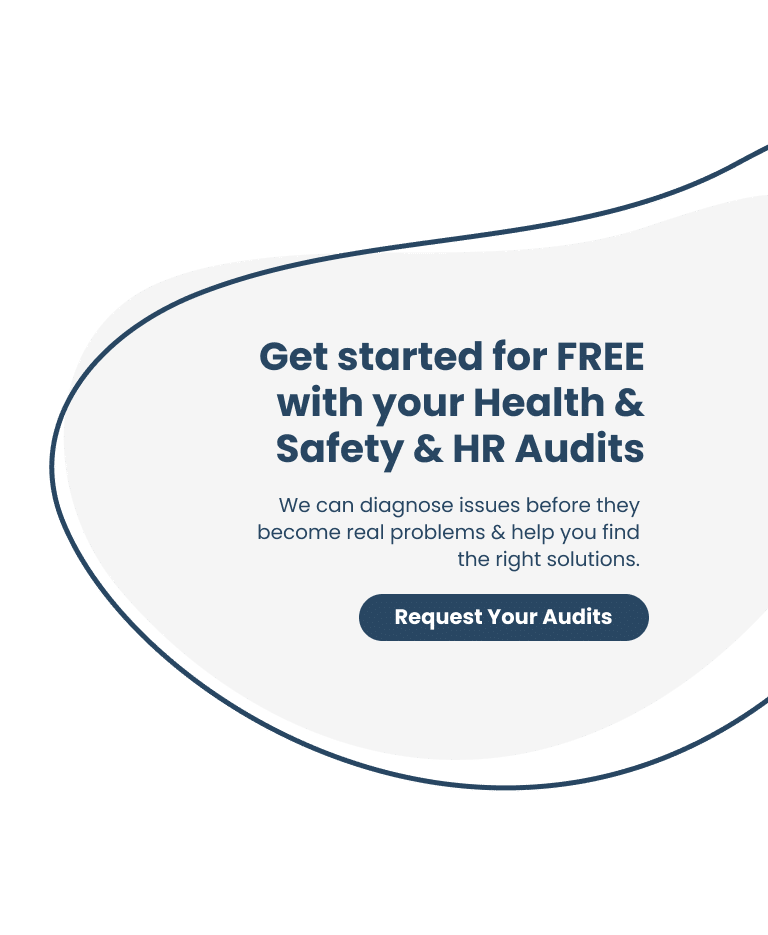As an employer, you have a legal and moral responsibility to protect the health, safety, and wellbeing of your employees. Workplace compliance isn’t just about ticking boxes, it’s about creating a culture where people feel safe, supported, and confident that their wellbeing matters.
This blog outlines the top essential duties every employer should know when it comes to health and safety in the workplace.
1. Providing a Safe Work Environment
One of the fundamental responsibilities is to ensure the work environment is safe and without risks to health. This includes:
-
Maintaining buildings, machinery, and equipment in a safe condition
-
Ensuring cleanliness and hygiene standards are upheld
-
Managing temperature, ventilation, lighting, and noise
-
Providing adequate welfare facilities (e.g., toilets, drinking water, rest areas)
2. Risk Assessments and Hazard Control
Employers must assess the risks to employees and others who may be affected by their activities. Risk assessments should:
-
Identify potential hazards
-
Evaluate the level of risk
-
Implement control measures to mitigate risks
-
Be regularly reviewed and updated
Common hazards include manual handling, slips trips, the use of hand and power tools etc. Health & Safety Services – Craven Consultancy Services
3. Providing Information, Instruction, and Training
Employees must be equipped with the knowledge to carry out their work safely. This includes:
-
Induction training for new employees
-
Task-specific safety training
-
Information about safe systems of work, emergency procedures, and how to report hazards
-
Regular refresher training
Employers must ensure that training is comprehensible, particularly for those with language barriers or learning disabilities. E-Learning – Craven Consultancy Services
What is mandatory Health and Safety training? Mandatory Health and Safety training is any, Health and Safety training that is a legal requirement in your workplace. For example, all workers are legally required to undertake Fire Awareness Training no matter what their job role or title as a fire incident could happen in any workplace. Mandatory & Statutory Health and Safety Courses – Craven Consultancy Services
4. Appointing Competent Health and Safety Personnel
Employers are required to appoint one or more competent persons to assist in complying with health and safety law. These individuals must have:
-
Sufficient training and experience
-
Adequate knowledge of the working environment
-
The authority and support to carry out their role effectively
This could be an internal health and safety advisor or an external consultant. H&S Services & Pricing – Craven Consultancy Services
5. Have a Health and Safety Policy in Place specific to the Business
Employers have a legal duty to have a Health and Safety Policy in place if there are 5 or more employees within the business:
6. Reporting and Recording Incidents
Certain workplace incidents must be reported to the Health and Safety Executive (HSE) under the RIDDOR regulations. These include:
Employers are also required to keep records of such incidents and near-misses to identify trends and improve safety measures.
7. Providing Adequate First Aid Arrangements
Employers must ensure that employees receive immediate attention if they are injured or become ill at work. This involves:
-
Having suitably stocked first aid kits
-
Appointing trained first aiders or appointed persons
-
Displaying clear signage for first aid provisions
8. Maintaining Accurate Records and Documentation
Compliance also includes keeping and maintaining up-to-date documentation such as:
-
COSHH Assessments for any hazardous products used
-
Records of training and qualifications
-
Inspection and maintenance records for equipment
-
Risk assessment documentation
9. Providing and Maintaining PPE
Where hazards can’t be fully controlled by other means, PPE (Personal Protective Equipment) must be provided. This includes items like safety helmets, gloves, high-visibility clothing, eye protection, and respiratory protective equipment.
Employers must:
-
Supply PPE free of charge
-
Ensure it fits properly and is suitable for the task
-
Train staff in how to use it correctly
-
Maintain and replace it when necessary
PPE should always be a last resort, used when risks remain even after other controls have been applied.
Workplace health and safety compliance is not a one-time effort – it requires ongoing commitment and continuous improvement. By meeting legal obligations, employers not only avoid penalties/fines but also contribute to a safer, more productive, and more engaged workforce.













